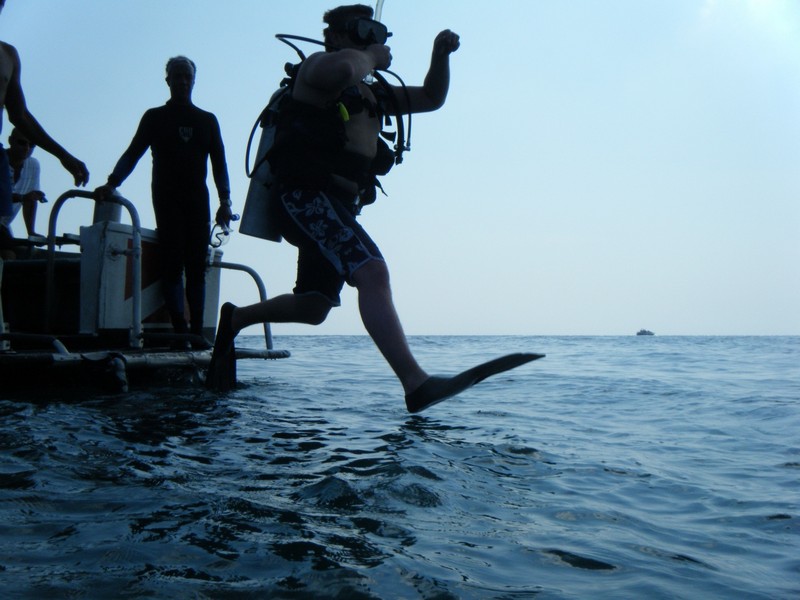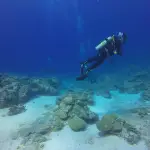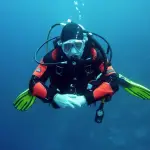
The 1 3 rule in scuba diving is a guideline that helps divers conserve their air supply and avoid running out of air during a dive.
The 1 3 rule states that a diver should:
- Descend no more than 1/3 of their total air supply – this means that if a diver starts with a full tank of air, they should only descend to a depth where they have used one third of their air supply.
- Reserve 1/3 of their total air supply for the ascent – this means that a diver should leave one third of their air supply for the return to the surface, as the ascent requires more air due to decreasing pressure.
- Ascend when they reach 1/3 of their total air supply – this means that when a diver has used one third of their air supply, they should begin their ascent.
The 1 3 rule is an important safety measure for scuba divers, as it helps to ensure that they have enough air to make a safe ascent to the surface. However, it is important to note that the rule is a guideline, and divers should always use their best judgment and training when managing their air supply during a dive.
What is the rule of thirds cave divers?
The rule of thirds in cave diving is a guideline that helps cave divers manage their air supply during a dive. It is a modification of the 1/3 rule, which is used in open water diving.
The rule of thirds for cave diving states that a diver should divide their available air supply into three equal parts:
- One-third of the air supply is used for the outward journey into the cave.
- One-third of the air supply is used for the return journey to the exit.
- The remaining one-third of the air supply is held in reserve for emergencies.
This guideline is used by cave divers to ensure that they have enough air to complete their dive safely and return to the exit. The rule of thirds is especially important in cave diving, as divers are often in a complex and confined environment where access to the surface may be restricted.
However, it is important to note that the rule of thirds is a guideline, and divers should always use their best judgment and training when managing their air supply during a dive. Experienced cave divers may modify this guideline based on the particularities of a dive or their own experience.
What is the rule of thirds in depth?
The rule of thirds in depth is a guideline used in technical diving that helps divers manage their gas supply during a dive to ensure a safe ascent and return to the surface.
The rule of thirds in depth states that a diver should divide their available gas supply into three equal parts:
- One-third of the gas supply is used for the descent to the planned maximum depth of the dive.
- One-third of the gas supply is used for the ascent from the planned maximum depth back to the surface.
- The remaining one-third of the gas supply is held in reserve for emergencies.
This guideline is used by technical divers to ensure that they have enough gas to complete their dive safely and return to the surface. Technical diving often involves deeper dives, longer decompression stops, and more complex dive plans than recreational diving, so it’s important for divers to manage their gas supply carefully to avoid running out of gas or having an emergency while underwater.
It’s important to note that the rule of thirds is a guideline and divers should use their best judgment and training to adapt it to the specific dive and their individual needs. For example, experienced technical divers may modify the rule of thirds based on factors such as dive conditions, their personal gas consumption, and the specific requirements of the dive plan.
I hope you enjoyed this article about what is the 1 3 rule in scuba diving?
I’d love to hear from you. Tell us about your adventures of diving and snorkelling. Please use the comments section below. Please also share your photos. Either from your underwater cameras or videos from your waterproof go-pro’s!
If this article hasn’t answered all of your questions. If you have more questions either about snorkelling or scuba diving (or specifically about what is the 1 3 rule in scuba diving), please comment below with your questions.
There will also be many more articles about scuba and scuba diving safety tips (and on snorkelling too) for you to read and learn about this fabulous sport.
Have fun and be safe!




